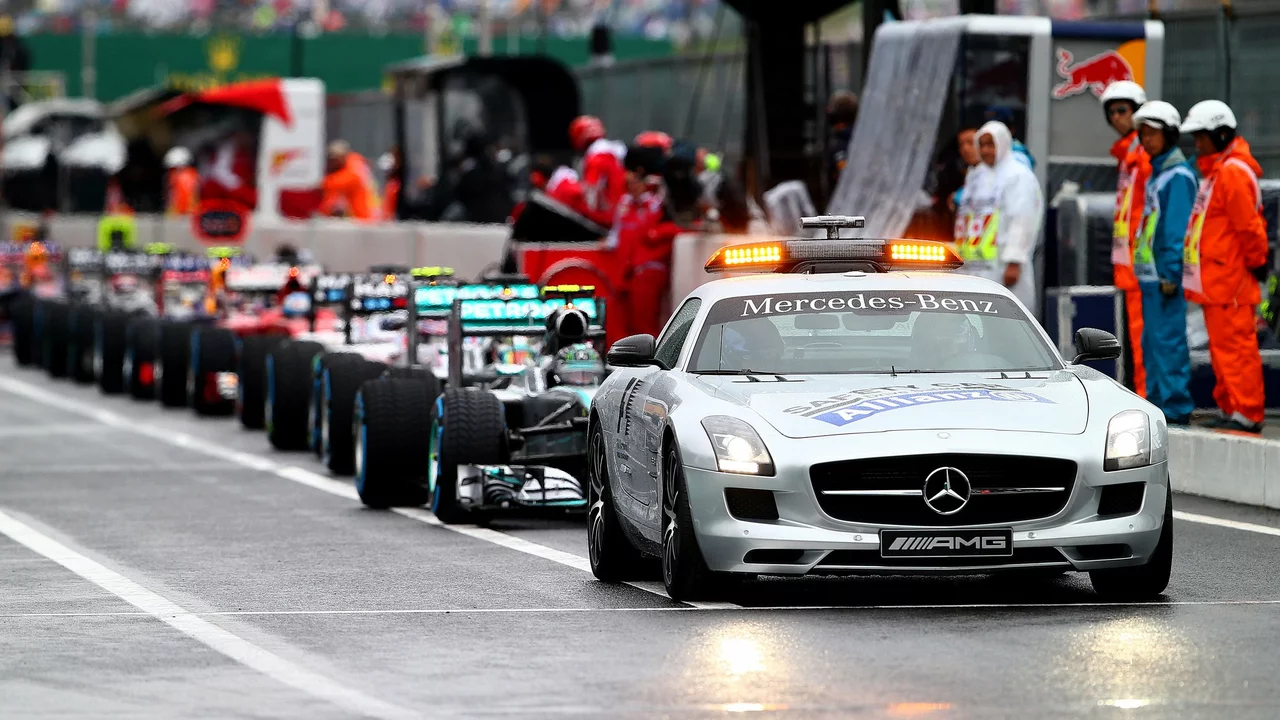Psychological Factors in Motorsports: How to Sharpen Your Racing Mind
Every driver knows that speed and skill matter, but the mental side can be the real game‑changer. When you’re screaming around a corner at 200 mph, your brain decides whether you stay calm or panic. Understanding the key psychological factors helps you stay fast and safe.
Key Mental Skills for Drivers
Focus. The ability to lock onto the track and ignore the crowd, the noise, or a bad lap is essential. Most pros use a short mental cue – something like "smooth" or "right‑hand" – to keep attention where it belongs.
Confidence. Trusting your car and your own choices prevents hesitation. Even a tiny doubt can make you lift off the throttle early, costing precious time.
Fear Management. Fear isn’t always bad; it can sharpen reflexes. The trick is to let fear warn you, not freeze you. Riders who accept the feeling and keep moving tend to avoid crashes.
Decision‑Making Speed. On a race track, you have seconds to choose the optimal line or react to a sudden obstacle. Training your brain to make quick, accurate calls can shave off tenths of a second per lap.
Resilience. Bad laps happen. The drivers who bounce back quickly keep their lap times steady, while those who dwell lose momentum. Learning to reset after a mistake is a critical habit.
Practical Ways to Train Your Mind
Start with a simple breathing routine before every session. Inhale for four counts, hold for two, exhale for six. This calms nerves and primes focus.
Use visualization. Spend five minutes picturing the perfect lap – every turn, every gear shift. Your brain rehearses the movements, making them feel familiar when you’re actually on track.
Play fast‑reaction video games or use a racing simulator. They teach you to read visual cues and react in milliseconds, mirroring real‑world decision speed.
Keep a short race journal. Write down what went well, what triggered anxiety, and how you handled it. Spotting patterns helps you target mental weak spots.
Talk to a sports psychologist or a seasoned teammate. Getting an outside perspective can reveal blind spots you never noticed.
Finally, treat mental training like physical training. Schedule it three times a week, track progress, and adjust as you would with a workout plan.
By paying attention to focus, confidence, fear, decision‑making, and resilience, you’ll notice a clear lift in lap times and a drop in errors. The mind is the most powerful part of the racing machine – train it, and the results will follow.

Why do people enjoy watching car racing?
People enjoy watching car racing for a multitude of reasons. For some, it's the adrenaline rush that comes with the high-speed competition, and the thrill of uncertainty as the outcome isn't determined until the very last second. Others are drawn in by the technical aspects of the sport, finding fascination in the engineering marvels that these vehicles represent. There's also a sense of community in shared passion for the sport, creating a bond among fans. Lastly, the glamorous and exciting lifestyle portrayed in car racing is undoubtedly attractive to many.